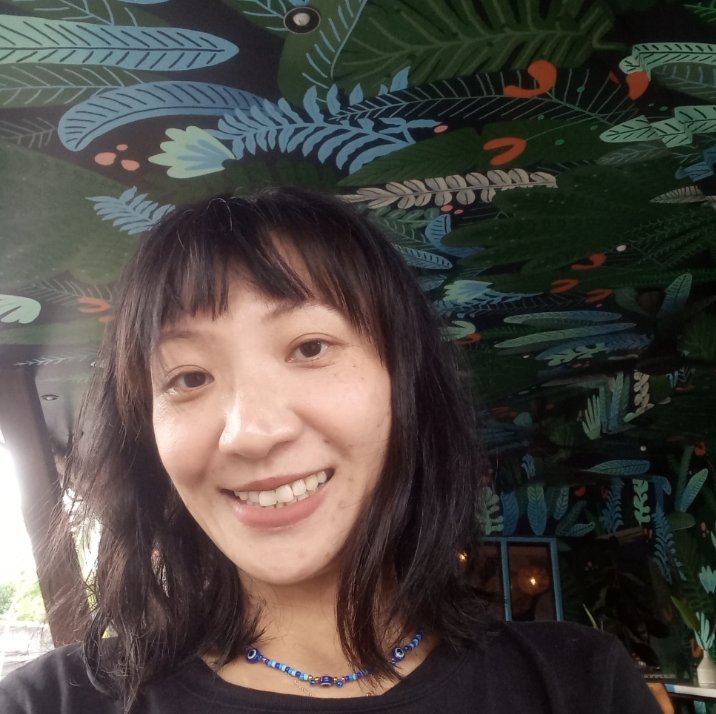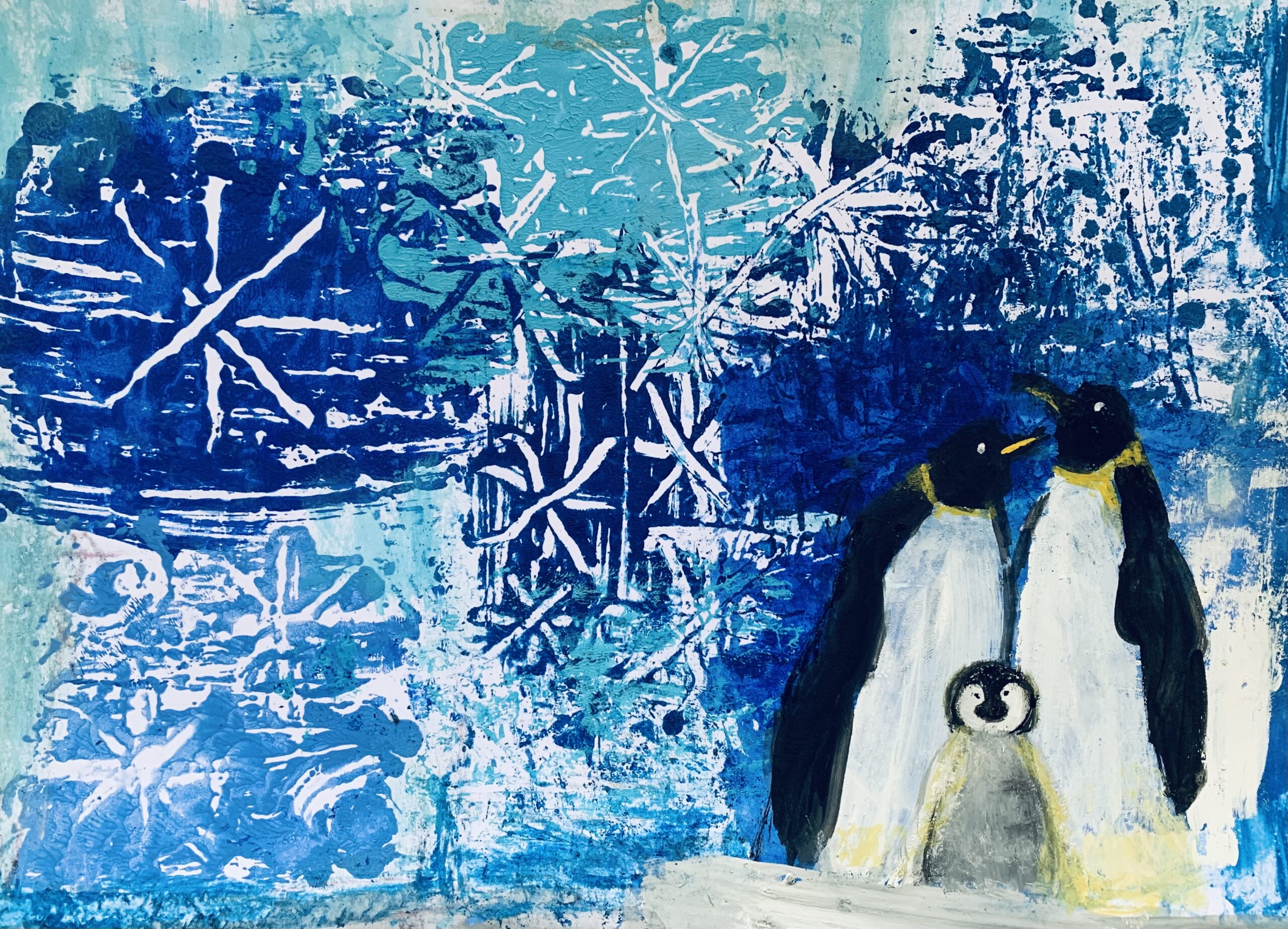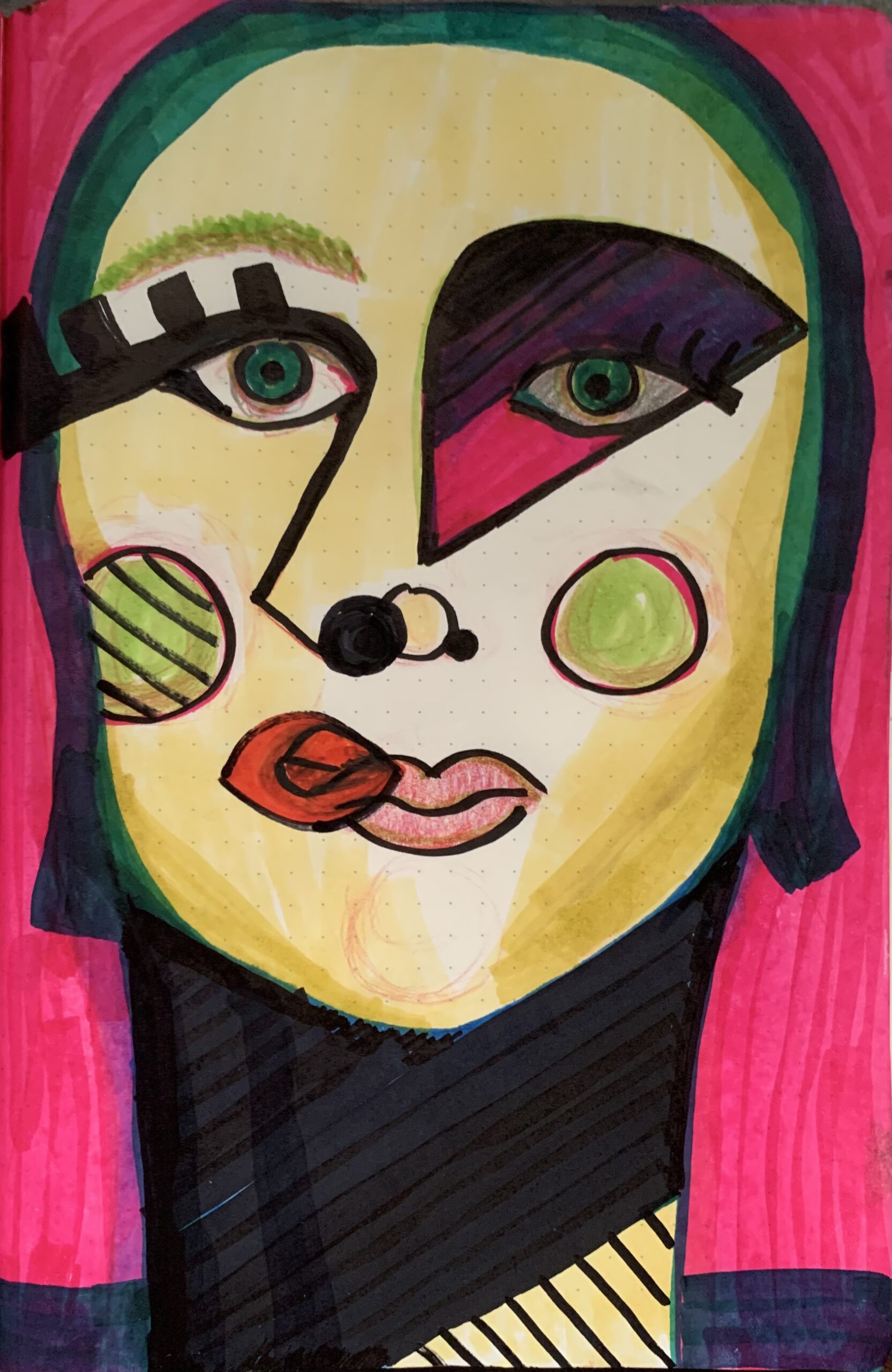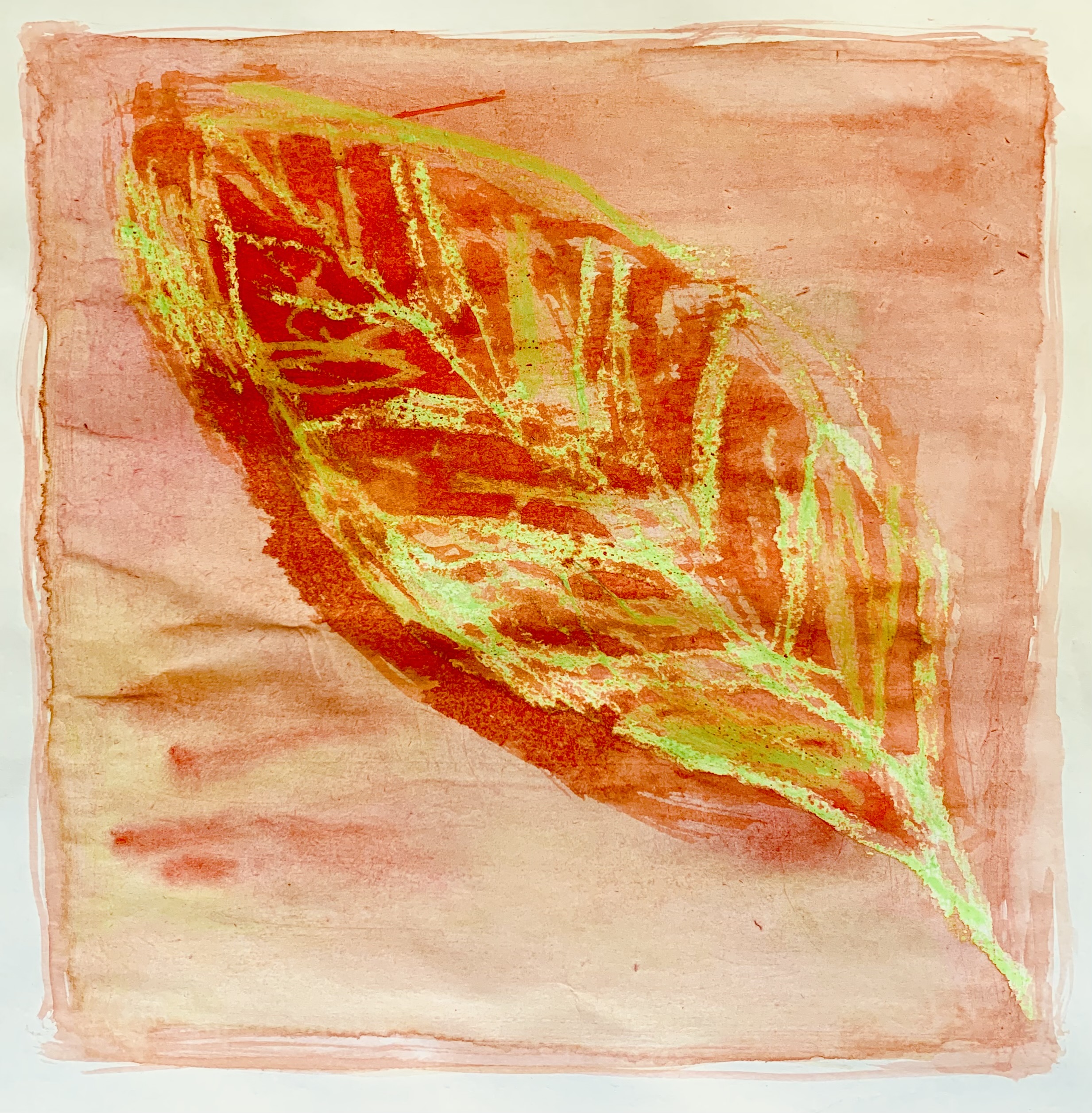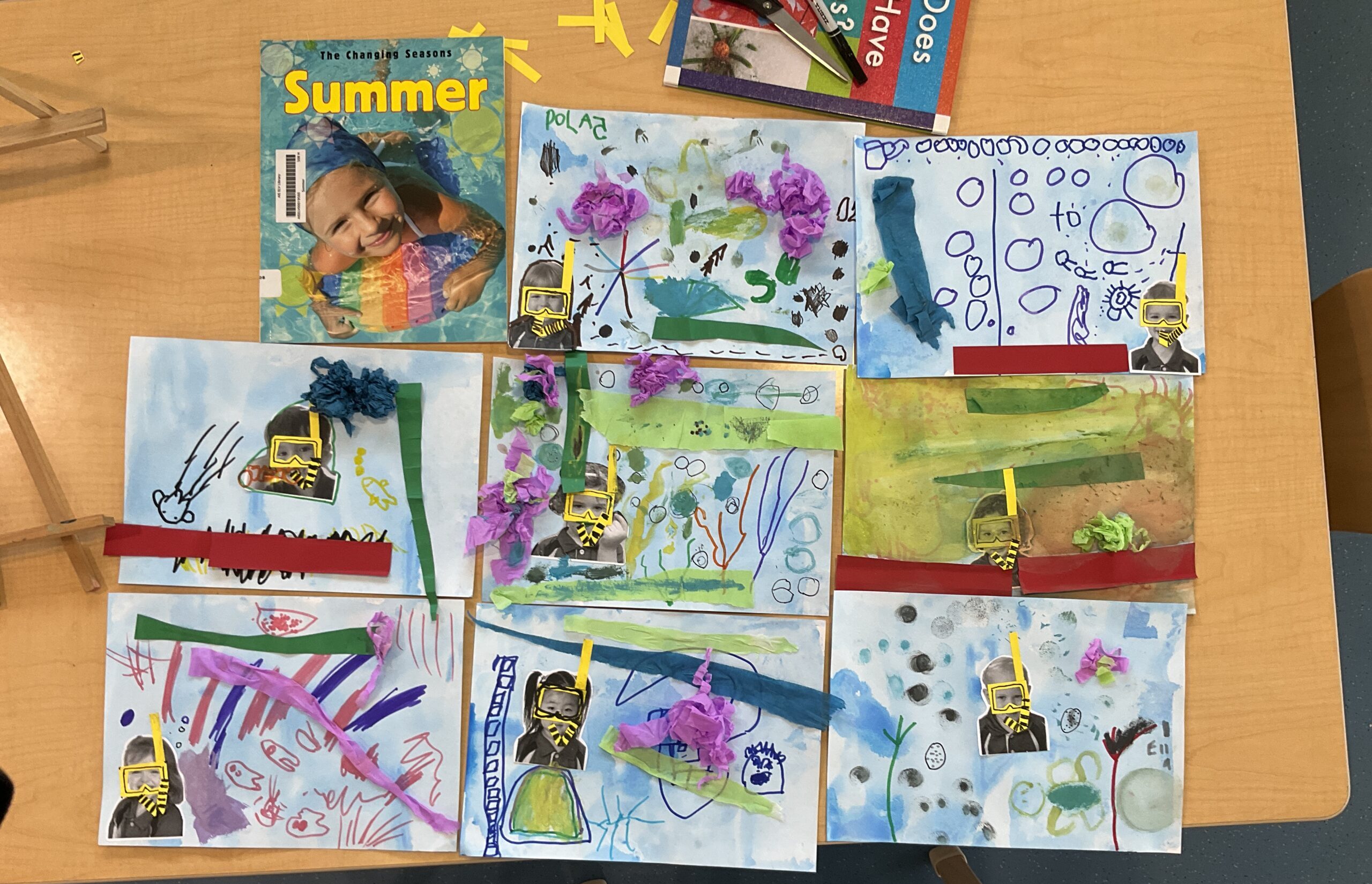Sketchbook Painting: Desert Landscape in Mixed Media
There’s something incredibly satisfying about taking a desert landscape and bringing it to life in your sketchbook using bold, unexpected colors and mixed media. For this particular piece, I used a combination of acrylic gouache, watercolors, acrylic ink, and wax pastels to create a vibrant, textured desert scene that plays with traditional landscape painting rules — but with a twist.
1. Start with Color Blocking
As with most landscape paintings, I began by blocking in the main color areas. I’m a big fan of starting bold, and for this piece I went with hot pink acrylic ink in the true mountain and foreground areas. This may sound wild, but that punch of color adds a luminous warmth under later layers and keeps the painting from ever feeling dull or overworked.
2. Magenta for the Cacti
Next, I blocked in the cacti using magenta acrylic gouache. Not only did this help the green tones pop later on, but it also tied into my reference photo, which featured gorgeous cacti with subtle magenta blooms. It’s a great example of how using complementary and unexpected underpaintings can elevate your color harmony and make elements stand out without needing harsh outlines.
3. Texture with Wax Pastels
Before adding the green paint to the cacti, I used wax pastels to draw them in. This added a rough, natural texture that mimics the ribbed and rugged surface of real desert plants. When painted over, the pastels resist some of the pigment, letting that texture peek through and creating a dimensional, almost tactile look.
4. Layering Watercolors and Acrylic Gouache
From there, I began working traditionally — layering watercolors and acrylic gouache to develop depth and dimension in the landscape. Distant objects were cooled down with more gray and blue tones, following classic atmospheric perspective principles. Acrylic gouache is especially useful here because it allows for layering without reactivating previous washes.
5. Finishing Touches
Once the main layers were dry, I went back in with acrylic ink for small details and added final highlights and shadows. The ink’s fluidity made it perfect for adding some crisp edges and line work to rocks and plant forms without overwhelming the softness created by the watercolors and wax.
Final Thoughts
This piece was a fun balance between traditional landscape structure and intuitive, expressive color play. Mixing media gives you so much flexibility and character in your work — especially in a sketchbook where experimentation is the whole point.
Tips if you want to try this yourself:
- Don’t be afraid of bright, non-local colors in your underpainting.
- Use wax pastels for areas where you want texture and line to stand out through paint.
- Think of each medium as having its own personality — let them shine in different parts of the piece.
What’s your favorite medium combo for sketchbook landscapes?







